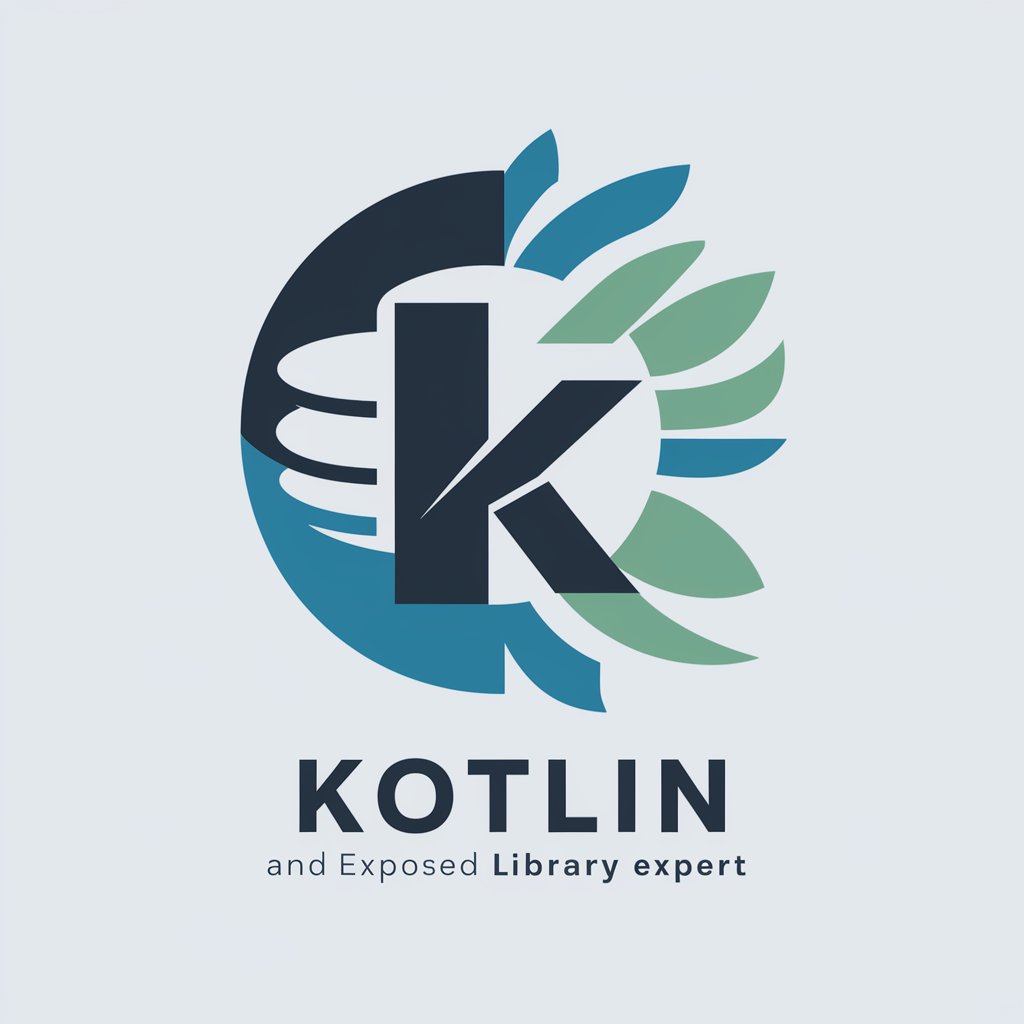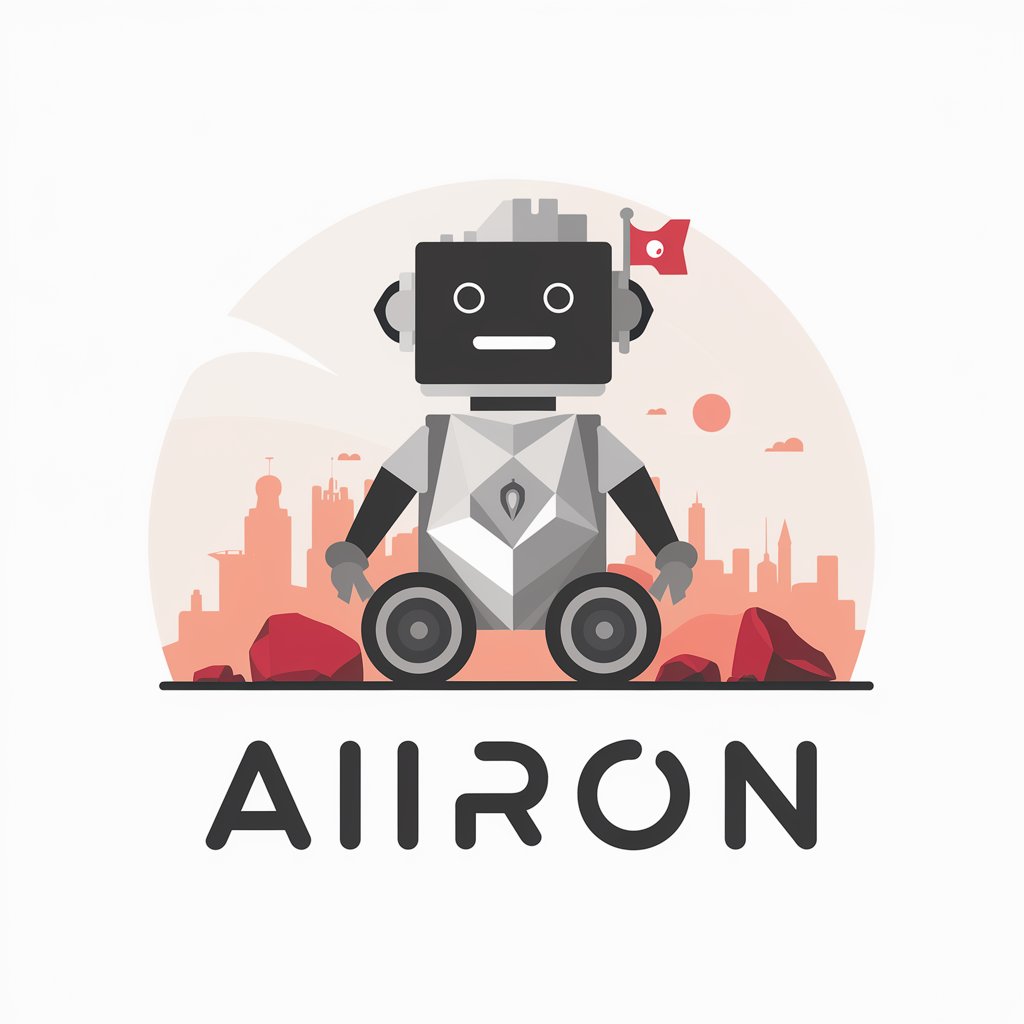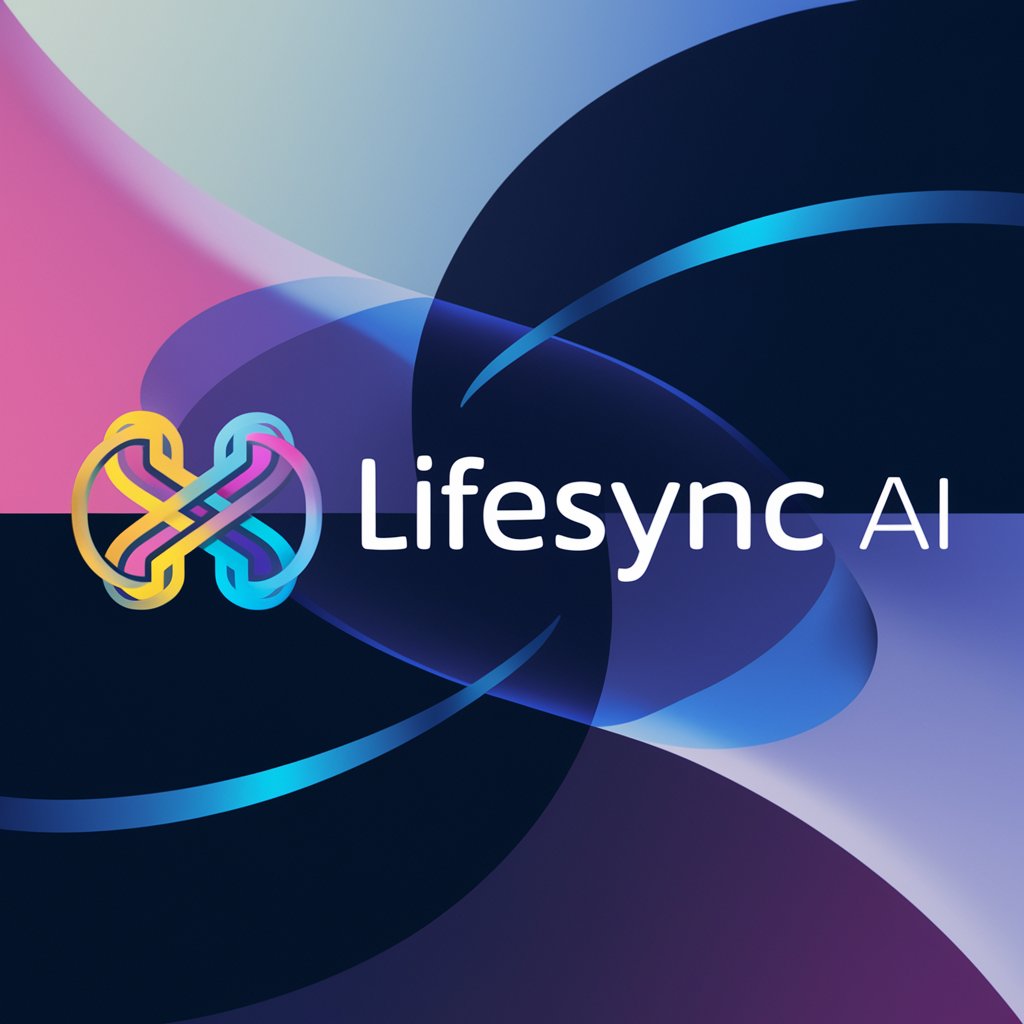Kotlin & Exposed: Elevate Your Database Game - Type-safe SQL in Kotlin

Welcome! Let's elevate your database game with Kotlin and Exposed.
Elevate your database game with AI-powered Kotlin & Exposed
How can I set up a database connection using Exposed in Kotlin?
What are the best practices for defining schemas with Exposed?
Can you show me how to perform CRUD operations with Exposed?
How do I ensure type safety in SQL operations using Kotlin and Exposed?
Get Embed Code
Overview of Kotlin & Exposed
Kotlin & Exposed: Elevate Your Database Game is a specialized framework designed for Kotlin developers to interact with databases in a type-safe and idiomatic Kotlin way. Exposed, a Kotlin library, offers two main APIs: the DAO (Data Access Object) and the DSL (Domain Specific Language). The DAO API allows developers to work with Kotlin classes that represent database tables and perform CRUD operations seamlessly, while the DSL API enables writing SQL queries with type safety and without leaving the comfort of Kotlin's syntax. This framework aims to simplify database operations, ensure type safety, and improve code maintainability by leveraging Kotlin's concise syntax and powerful features. For example, defining a table in Exposed using the DSL API involves creating an object that extends from `Table` and defining columns in a type-safe manner, which then can be used to perform SQL operations without raw SQL strings, reducing the risk of SQL injection attacks. Powered by ChatGPT-4o。

Core Functions and Their Applications
Database Connection Management
Example
Using Exposed to configure and manage database connections through a centralized DataSource, enabling connection pooling for optimized database interactions.
Scenario
A web application requires efficient management of database connections to handle multiple user requests simultaneously. Exposed facilitates this by abstracting the complexity of connection pooling and transaction management, ensuring high performance and scalability.
Type-safe SQL Operations
Example
Defining database schemas and performing queries using Kotlin's type-safe builders, thereby avoiding common errors associated with raw SQL strings.
Scenario
In a financial application, ensuring accuracy and security in transactions and data retrieval is paramount. Exposed's DSL allows developers to construct type-safe queries, significantly reducing the risk of SQL injection and syntax errors, enhancing both security and reliability.
CRUD Operations
Example
Leveraging the DAO and DSL APIs to create, read, update, and delete records in a database with minimal boilerplate code.
Scenario
An e-commerce platform needs to frequently update product information, manage user profiles, and process orders. Exposed simplifies these operations by providing intuitive and concise syntax for CRUD operations, streamlining database interaction and improving developer productivity.
Transaction Management
Example
Utilizing Exposed's transaction block to handle database transactions, ensuring data integrity and consistency.
Scenario
During the checkout process in an online store, multiple database operations must be performed atomically to avoid data inconsistencies. Exposed's transaction management features ensure that these operations either complete successfully together or roll back in case of failure, thus maintaining data integrity.
Target User Groups
Kotlin Developers
Developers who are already familiar with Kotlin and seek to leverage its advantages for database operations. They benefit from Exposed's Kotlin-centric design, which allows for cleaner, more idiomatic code compared to traditional Java-based ORMs.
Full-stack Developers
Full-stack developers working on Kotlin-based web and server-side applications. They benefit from the seamless integration of Exposed with other Kotlin frameworks, enabling them to handle both the frontend and backend aspects of an application efficiently.
Database Administrators with Kotlin Experience
DBAs who have experience with Kotlin can utilize Exposed to streamline schema migrations, query optimizations, and other database management tasks, leveraging the type safety and conciseness of Kotlin to improve productivity and reduce errors.

Getting Started with Kotlin & Exposed
Start Your Journey
Begin by visiting yeschat.ai to access a free trial instantly, without any need for login or a ChatGPT Plus subscription.
Set Up Your Environment
Ensure you have Kotlin and the Exposed library installed in your IDE. JDK 8 (or newer) and IntelliJ IDEA are recommended for the best experience.
Connect to Database
Configure your database connection by defining a Database object using Exposed. Support includes PostgreSQL, MySQL, SQLite, and Oracle among others.
Define Your Schema
Use Kotlin classes to define your database schema. Utilize Exposed DAO or DSL to map Kotlin objects to database tables in a type-safe manner.
Perform Operations
Execute CRUD operations using Exposed's type-safe SQL DSL or DAOs. Leverage transactions to ensure data integrity and consistency.
Try other advanced and practical GPTs
Geography aiMOOC
Explore the World with AI-Powered Geography Learning

School aiMOOC
Transforming Learning with AI

Health Nutrition
Empowering Healthier Choices with AI

Nutrition Navigator
Empower your diet with AI-driven insights

AI Daily Rundown
Stay Ahead with AI-Powered News

News Genius
Crafting Timely News with AI Precision

CSS Architecture Blueprint
Architecting CSS for Scale and Maintainability

🚀 Refactoring C Codebase Guide
Elevate your C code with AI-powered refactoring

AiRon
Your Personal Assistant from Mars

Pro Trainer
Empower Your Fitness Journey with AI

myLIFEsync
Empowering creativity, enhancing productivity

Philosophy Bot
Unveiling Philosophy with AI

Frequently Asked Questions about Kotlin & Exposed
What is Kotlin & Exposed?
Kotlin & Exposed is a tool designed to facilitate database interactions in Kotlin projects using the Exposed library, which provides type-safe SQL operations.
How does Exposed ensure type safety?
Exposed uses Kotlin's strong typing system to map database tables and columns to Kotlin objects, preventing common SQL errors and ensuring code safety.
Can Exposed work with any database?
Exposed supports a wide range of databases including PostgreSQL, MySQL, SQLite, and Oracle, offering flexibility in database choice.
Is it suitable for large-scale projects?
Absolutely, Exposed's efficient data mapping and transaction management make it suitable for projects of any size, from small applications to large enterprise systems.
How do I handle database migrations with Exposed?
Exposed doesn't directly handle migrations. However, you can use third-party tools like Flyway or Liquibase alongside Exposed to manage database versioning and migrations effectively.
